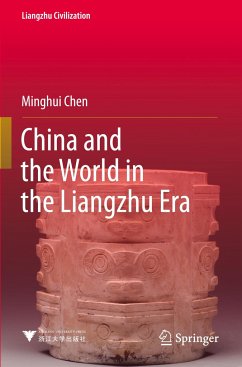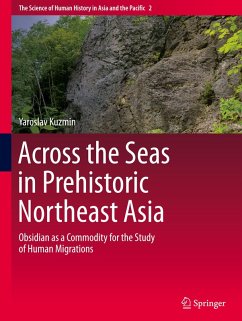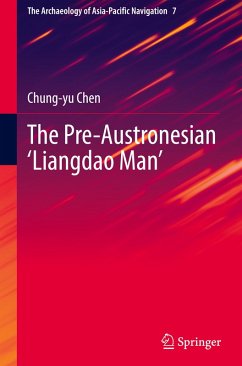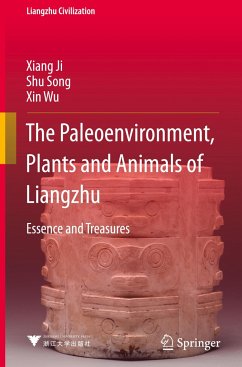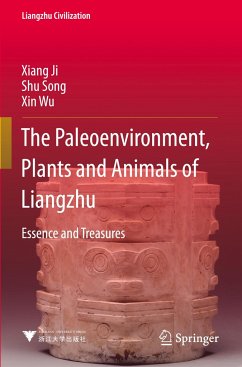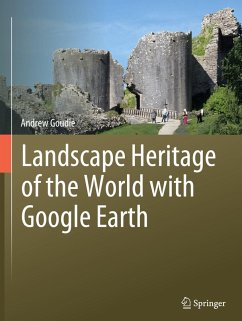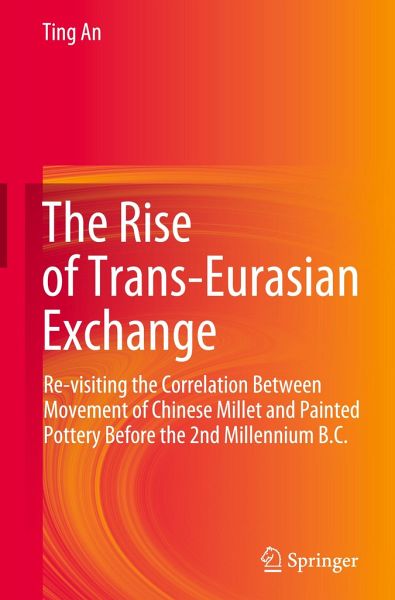
The Rise of Trans-Eurasian Exchange
Re-visiting the Correlation Between Movement of Chinese Millet and Painted Pottery Before the 2nd Millennium B.C.
Versandkostenfrei!
Versandfertig in 6-10 Tagen
91,99 €
inkl. MwSt.
Weitere Ausgaben:

PAYBACK Punkte
46 °P sammeln!
This book has re-visited two distinctive patterns, namely pottery and millet, the movement of both of which conflict with conventional narratives concerning prehistoric trans-Eurasian exchange. The significance of this lies beyond the simple matter of chronology, but rests on the relationship between the movement of agricultural resources and of other items of material culture. Studies on early west-east interaction have attracted researchers from various disciplines, such as archaeology, history, Asian studies, art history, etc. Pursuing an archaeological approach, the book re-examines two of...
This book has re-visited two distinctive patterns, namely pottery and millet, the movement of both of which conflict with conventional narratives concerning prehistoric trans-Eurasian exchange. The significance of this lies beyond the simple matter of chronology, but rests on the relationship between the movement of agricultural resources and of other items of material culture. Studies on early west-east interaction have attracted researchers from various disciplines, such as archaeology, history, Asian studies, art history, etc. Pursuing an archaeological approach, the book re-examines two of the earliest evidences of trans-Eurasian cultural exchange. The book is intended for researchers who are interested in prehistory, archaeobotany, pottery studies and comparative studies of early civilizations.




